In conventional-control operation, most sound systems require a backup battery to avoid those irritating audio drop-outs when cycling a reverse unit or passing through switches with electrical gaps.
In the case of pre-2000 MTH locomotives containing ProtoSound systems (PS-1 and not ProtoSound 2.0), a discharged battery can trigger a chain of events that ultimately results in a scrambled control chip, necessitating a visit to a repair shop to unscramble the chip.
Also, just like in the postwar days of battery-operated horns, it is easy to forget that there’s a battery within your locomotive. While modern batteries don’t exhibit the propensity to leak like batteries in years past, every day your locomotive sits, its battery is that much weaker.
Enter the BCR by J and W Electronics. Think of the BCR as a battery substitute. While it looks like a red 9-volt battery, the BCR isn’t a battery but a capacitor that will retain a small electrical charge for a short duration.
The duration is long enough to overcome the interruption of power during conventional-mode operation, and it also keeps older ProtoSound locomotives from heading down the path of possible control-chip malfunction because of a discharged battery.
The BCR comes in two basic flavors: MTH and Lionel.
The MTH version is simply the BCR unit (the little red battery lookalike). It replaces the rechargeable 8.4-volt battery that comes with all ProtoSound locomotives. Pop it into the battery holder of a ProtoSound locomotive, put the locomotive on the track, take a good minute to energize the capacitor using at least 12 volts of track power, and the ProtoSound locomotive will always run as if it has a fully charged battery. Be sure to take the time to fully energize the BCR to avoid any possible chip problems.
We installed our sample BCR into our trusty RailKing 2-8-4 Berkshire with ProtoSound (not to be confused with ProtoSound 2.0, which is an entirely different MTH control and sound system). The BCR functioned flawlessly.
Since the BCR is fully energized in about a minute after the locomotive is placed on the track, the ProtoSound control circuits will never receive a weak current that can sometimes lead to a scrambled control chip.
Installing the Lionel version of the BCR is a little more complex. Since there are no scrambled-chip issues with Lionel locomotives, the BCR acts as a simple replacement for the 9-volt alkaline battery that keeps Lionel RailSounds systems energized during track-power interruptions, such as cycling a reverse unit.
For each Lionel installation you need the basic BCR ($24.95) and a Lionel activating circuit ($19.95). This needs to be spliced into the existing electrical system.
But don’t panic. The green-topped connectors provided are great. Strip one end of a wire from the board you’re installing, and slip it into a slot. Slip the wire you’re joining lengthwise into a long slot on the other side. Crimp shut. The wires are mated!
I selected a recent-vintage Lionel U30C diesel to make the installation. Why the U-boat? Primarily to see how a BCR would fit inside a Lionel diesel with limited interior space. It was a squeeze, but I got everything back together!
At one point during the installation, I went down the wrong path, although I had read the BCR instructions three times. But thanks to wire strippers and electrical tape, I easily recovered. In hindsight, I felt some of the wording in the instructions could have been clearer.
When the last of the connections were made and I put the U-boat on the track, the BCR performed flawlessly.
Do you need a BCR for Lionel locomotives?
That is a pretty subjective question, since a discharged battery in a Lionel locomotive does not hurt anything. But for continuous sound year after year in conventional-control mode, you must have a charged battery. The BCR will keep you from having to replace batteries every so often.
As for older MTH ProtoSound locomotives, the BCR sidesteps the chip-scrambling issue in locomotives that have sat on shelves or in boxes for months if not years while the ProtoSound rechargable battery has slowly died. Note that MTH does not recommend using the BCR in its ProtoSound 2.0 locomotives.
MTH reports that the BCR does not have adequate power to store operating data in DCS mode. Also, newer ProtoSound 2.0 locomotives use a 2-volt battery pack instead of an 8.4-volt battery.
Here in the CTT offices, we’ve got two seldom-used ProtoSound locomotives that now seem to have scrambled themselves. Had the BCR been available a few years earlier, these two locomotives wouldn’t be spending their last days on a shelf.





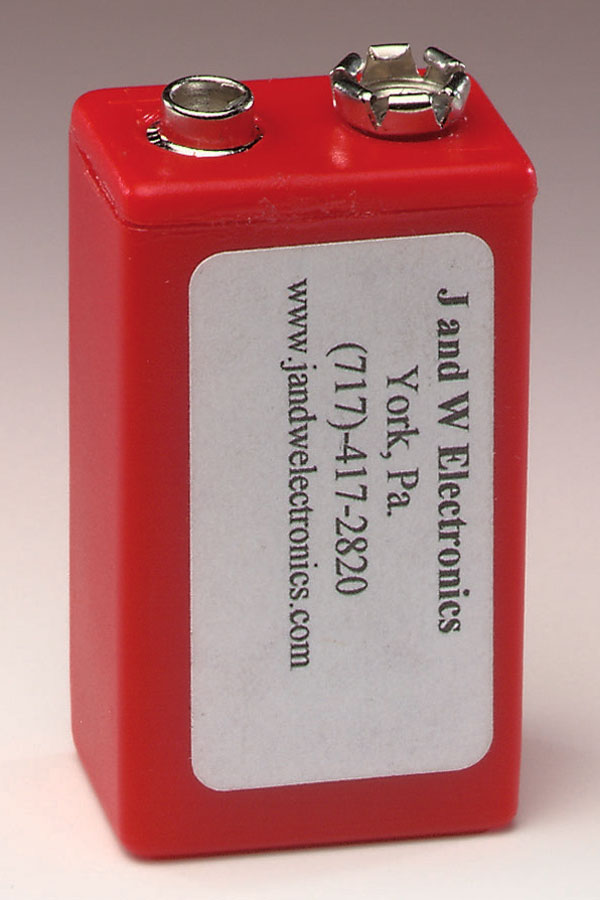

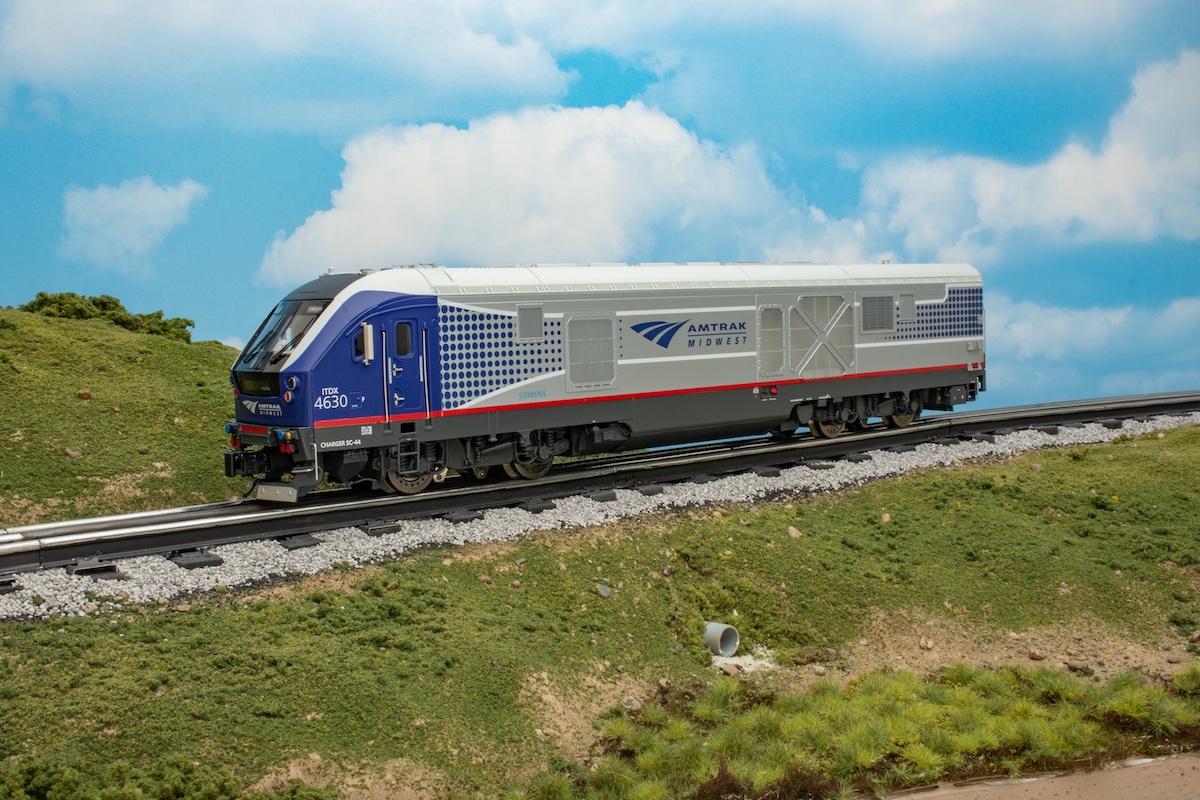
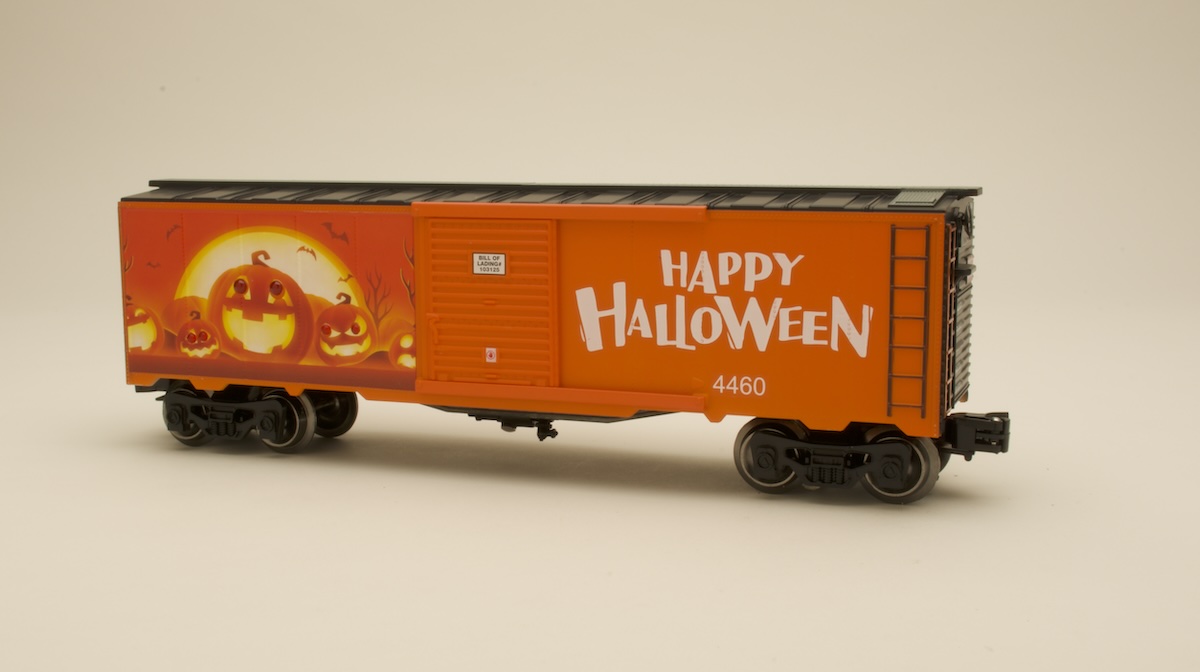
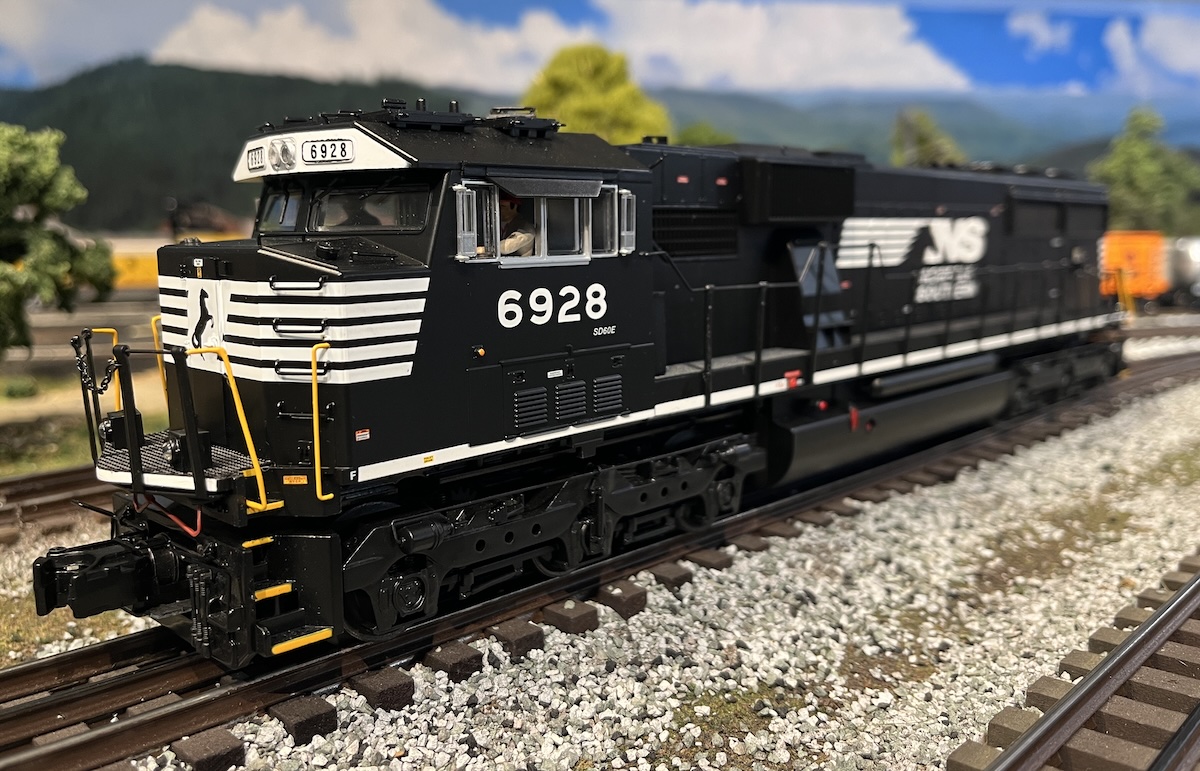
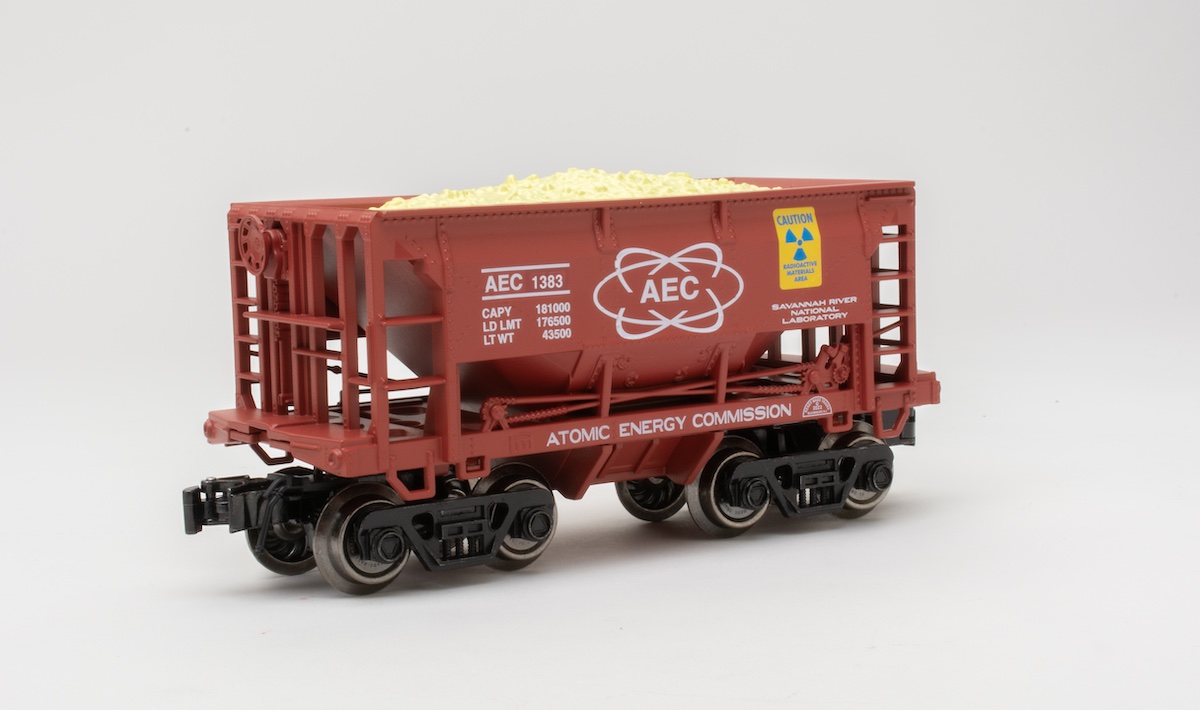




How do you overcome the Protosound 2.0 battery replacement issue? Is there a type of BCR that functions well in the 2.0 einvronment?